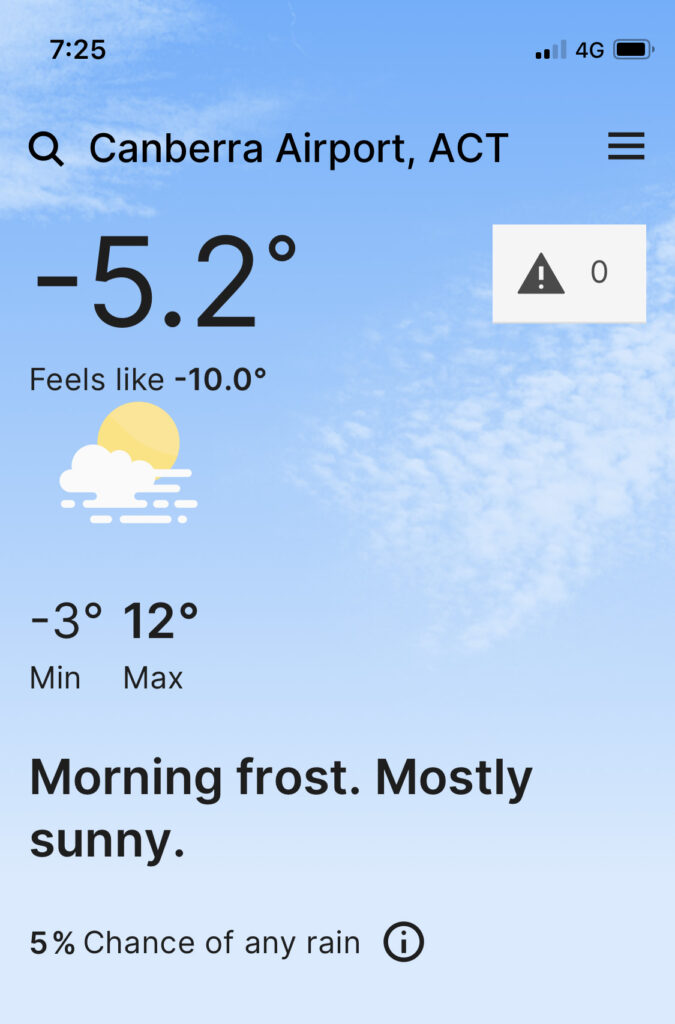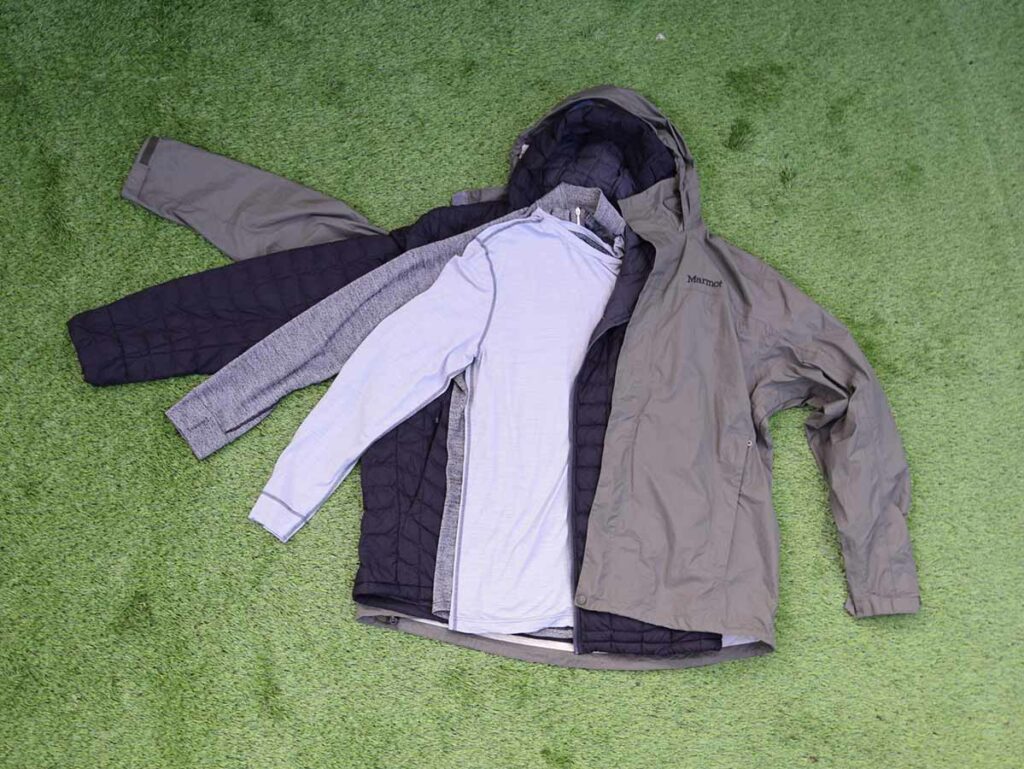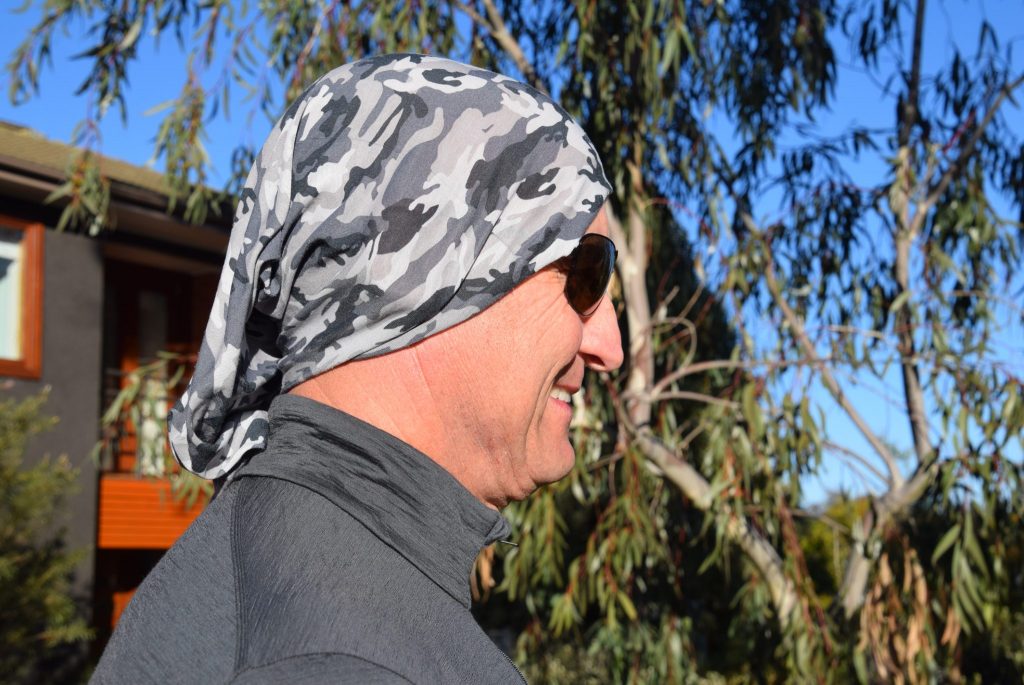Hiking in the cold
Hiking practice
When I think of hiking in Australia and build a mental picture of what that looks like one factor that always comes to mind is the heat. While a bit of warmth can make a hike enjoyable too much can reduce this enjoyment and even impact on our safety. Having said that its not just the heat that we need to think about but rather all the weather extremes including cold. While cold weather hiking is something we tend to associate with Europe or the USA, it is also something we need to consider in Australia.
I have spent most of my adult life working outdoors and have always found it easier to keep warm rather than to cool down. In fact I don’t really put a lot a lot of thought into hiking in the cold as it’s something I’m always prepared for and can manage; even snow conditions don’t bother me too much. It wasn’t until I walked the East Gippsland Rail Trail at the start of winter I was given cause to really think about the impacts of hiking in cold weather, not just on my enjoyment of a hike but also on the safety aspects as well. On this hike it wasn’t really the cold as temperature goes but rather a combination of weather factors that combined to create conditions that were potentially life threatening if you weren’t prepared.
In this article we look at hiking in cold conditions, what we can do to avoid it, and in the event that we do get cold what we should do to keep warm.
What's cold?
When most people think about the ‘cold’ they tend to associate it with a particular temperature but this is where it can become a bit tricky with everyone’s concept of cold being unique. I know people who live in northern and central Australia and when the temperature gets down to 20º Celcius they’re wearing fleece tops and complaining about the temperature. I’m at the opposite extreme of this spectrum having lived much of my life in areas that have cold winters so I’m usually wearing short sleeved tops in conditions when most other people are wearing down jackets. What this means in theory is that while the general principles of hiking in cold conditions are relevant to everyone, putting them into practice is going to be specific to you.
Things will impact your perception of cold include:
- Individual tolerance to temperature
- Actual temperature
- Apparent temperature – the temperature equivalent perceived by humans, caused by the combined effects of air temperature, relative humidity and wind speed
- Your layering system

Apparent temperature example. Actual temperature is -5.2º Celcius and apparent temperature is -10.0º Celcius due to moisture content of the air
Preventing cold
Maintaining a level of warmth on a hike is crucial to your comfort and safety on the trail. There are a number of things that you can do including:
- Plan your hike
- Firstly cold weather shouldn’t prevent you from getting out and hiking. Planning a hike includes being aware of the current and forecast weather conditions as well as coming prepared for them. This is crucial to maintaining warmth and comfort on the trail. So long as you are adequately prepared for the cold, then the weather shouldn’t really matter
- Sometimes if the weather forecast is bad a change of destination may be the way to go. Choosing sites that are protected from excessive wind may be a better option
- Layering
- Have a layering system that suits your needs and takes into account the current and forecast weather condition. Choose clothing that suits the conditions you are hiking in and that will keep you warm when wet
- Manage your layering system. This can take experience but if you are to warm you can sweat and this can cool you down
- Consider gloves, and headwear to keep you warm
- Eat often
- Your body needs fuel on a hike so eat small amounts of energy rich foods on a regular basis to help maintain your energy up
- Maintain fluids
- Maintain your fluids. It may be cool/cold but you still need to drink fluids. Monitor your urine colour to guide you
- Check the weather
- Most of us associate hot weather with summertime but this is not always the case. We hiked the Larapinta Trail in central Australia in late winter and had two days over 30° Celcius as well as a number of days in the high 20’s. Get in the habit of checking the weather forecast, regardless of where you are for the day(s) you will be hiking to ensure you have adequately planned for the expected conditions. Remember to check the weather forecast the day you head out to see if any changes need to be made to your hiking plan
- Keep moving
- You don’t have to move fast or far but you’ll feel warmer when you are on the move
- Keep your gear dry
- If its raining and you are you are spending a lot of time outside then make sure your sleeping gear and layering system are kept dry. If this gear gets wet then there’s a good chance that you will get cold. Make sure the inside of your pack and the equipment inside it stays dry

Layering system

Dried pineapple
Getting cold
This is where I come back to my walk on the East Gippsland Rail Trail. As mentioned I was prepared for all circumstances with this four day walk and came prepared for the forecast rainfall as well as day time temperatures that were lucky to reach 10º Celcius. I thoroughly enjoyed this walk but it did drive home how easy it could have been to go into hypothermia had I have not been prepared and this is where many hikers have problems.
In many respects hiking in really cold conditions is often much easier because you’re focused on the cold but when the temperatures aren’t sub zero, you tend to become complacent and getting cold is something that can happen slowly. As such you tend not to notice it. In fact prolonged exposure to temperature below 10º Celcius is where you are potentially being exposed to hypothermia.
Signs and symptoms of getting cold include:
- The first signs usually include feeling cold and uncontrollable shivering. If the person progresses into severe hypothermia, shivering usually stops
- The person may feel exhausted and their skin may be cool and pale
- As hypothermia advances, other symptoms include fumbling hands, unsteady gait, slurred speech, confusion and drowsiness
- Hypothermia can progress slowly and affected people may not be aware they need medical assistance
- Symptoms of severe hypothermia include slowing of the heart rate and breathing, dilated pupils and coma
- With no treatment the condition is likely to lead to death
The ability to make clear headed decisions and think straight is diminished as you progressively get colder and this is where hikers put themselves at risk.
Managing cold
So what should you doing if you get cold on a hike? The answer is going to depend on how cold you actually get. If you are just cold and are trying to prevent it getting worse do the following:
- Prevent any further heat loss
- Remove yourself from the cause of cold
- Manage your layering system i.e. put on extra clothing as required
- Remove any wet clothing
- If you are hiking this may even mean setting up your tent early if you are on a multi-day hike and getting into your sleeping bag
- Snuggle up to a partner
- Having something warm/sweet to eat or drink
- Remove yourself from the cause of cold
- Avoid alcohol
Having first aid training and hiking with a partner during very cold conditions is more crucial to prevent mild or sever hypothermia.

Having no hair I will often wear a buff. Not only does it keep me protected from sunburn but it helps to keep me warm

St John First Aid along with other organisations offer basic as well as wilderness first aid courses
Last words
I will always look for reasons to hike and usually won’t let anything slow me down and that includes cold weather. Regardless of where you are there will always be a cold season and ultimately what it comes down to is planning. Plan for the actual and expected conditions, make sure you have an appropriate layering system and if you’re planning a multi-day or multi-week hike then ensure your gear remains dry and you carry food that will provide plenty of energy.
Last but not least, if the conditions are too extreme don’t be afraid to pull the pin on a hike. You can always come back another day to do the hike, and if you can’t because you’re leaving the country it doesn’t matter; your health and safety are the number one consideration.